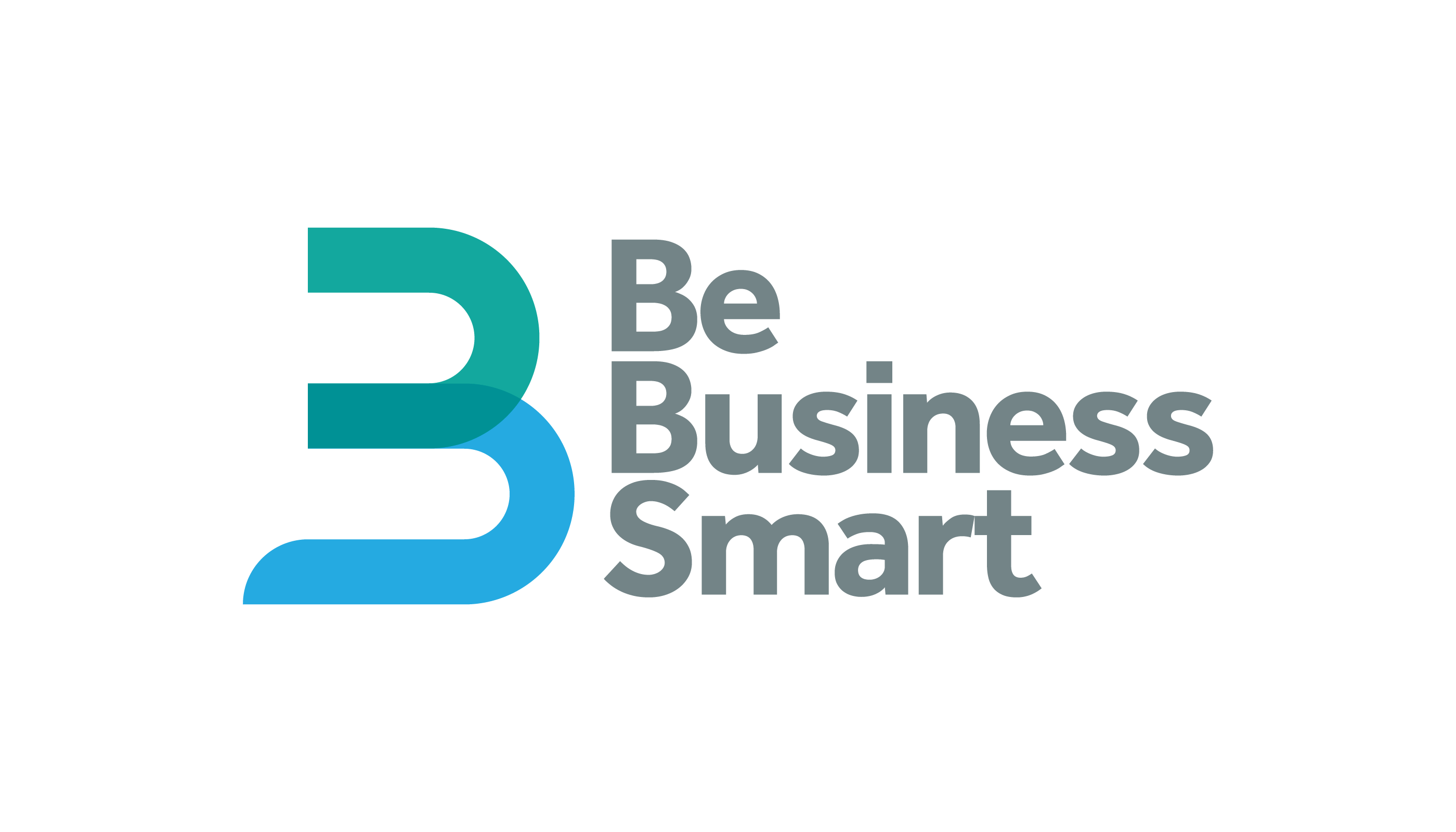How to Create Authentic Content to Build Trust Online
Learn how to create authentic content that resonates. This guide uses the CARE framework to build human-first trust, boosting engagement and business growth.
Have you ever felt like your message just isn't landing? You pour your heart into your content marketing, but it feels like it's just another drop in a very big ocean. You're an entrepreneur or a solopreneur, and you know you have something valuable to share, but how do you make it truly resonate with readers? How do you build that deep Trust that turns a casual visitor into a loyal customer?
The secret isn't just about being "real." It's about being truly authentic content. In today's noisy world, people are tired of polished, perfect, and often fake messages. They crave genuine connection. They want to see the human behind the brand. This is where authenticity becomes your superpower, especially when you focus on human-first trust content. It's the core of trust marketing, and it's what will set your small business or startup apart.
We're going to dive into the CARE framework, a simple yet powerful way to create content that doesn't just get clicks, but builds lasting connections and deep business trust.
Understanding Authentic Content: More Than Just Being "Real"
What does authenticity really mean in the digital age? It's not about sharing every single detail of your life. It's about being true to your values, your mission, and your audience. It's about showing up consistently as who you truly are, even when it's a bit messy.
Think about it: when you meet someone new, you don't instantly trust them, right? You watch how they act, how they speak, if their words match their actions. The same goes for your brand. Content authenticity is the foundation of building trust with your audience. When your content feels genuine, readers feel safe. They feel understood. This is why readers crave authentic experiences and trust-building content. They want to know they're dealing with a real person, not just a faceless company.
The CARE Framework: A Blueprint for Human-First Trust Content
The CARE framework is your guide to creating human-first trust content. It stands for Consistency, Authenticity, Relevance, and Empathy.
Let's break it down.
Connect: Building Emotional Bridges with Your Audience
To resonate with readers, you first need to connect with them on a human level. This means showing your true self, even your struggles.
Examples: Personal Stories, Behind-the-Scenes Glimpses, Vulnerability in Content
- Personal Stories: Share your journey. Maybe you started your solopreneurship after a big failure. Talk about it. For example, I remember a time when I launched a product I thought was brilliant, and it flopped. Hard. Sharing that story, the lessons learned, and the feeling of picking myself back up, helped others see that failure isn't the end. It's a stepping stone. This kind of authentic content builds a bridge.
- Behind-the-Scenes Glimpses: Show the messy reality. A quick video of your workspace, a photo of you struggling with a new idea, or even a funny blooper reel. This makes you relatable.
- Vulnerability in Content: Don't be afraid to admit you don't have all the answers. Ask for help. Share a challenge you're facing. This shows you're human, just like them.
Acknowledge: Addressing Reader Needs and Concerns
Once you connect, you need to show you understand your audience. You need to acknowledge their pain points, their questions, and their dreams.
Examples: Q&A Sessions, User-Generated Content, Responding to Feedback
- Q&A Sessions: Host live Q&A sessions on social media or create blog posts answering common questions. This shows you're listening.
- User-Generated Content (UGC): Encourage your audience to share their experiences with your product or service. When others see real people using and loving what you offer, it's powerful proof. This is the ultimate authenticity proof.
- Responding to Feedback: Whether it's a comment on a blog post or a direct message, respond thoughtfully. Show that their voice matters.
Respond: Fostering Two-Way Conversations and Engagement
Authentic content isn't a one-way street. It's a conversation. You need to create opportunities for your audience to talk back. This is key for reader engagement.
Examples: Interactive Polls, Live Streams, Community Engagement Strategies
- Interactive Polls: Ask questions on social media or within your blog posts. "What's your biggest challenge right now?" "What topic should I cover next?"
- Live Streams: Go live on platforms like Instagram or Facebook. This allows for real-time interaction and shows your genuine personality.
- Community Engagement Strategies: Create a private Facebook group or a forum where your audience can connect with each other and with you. Foster a sense of belonging.
Empower: Providing Value and Actionable Insights
Finally, your authentic content must empower your audience. It needs to give them something they can use, something that helps them solve a problem or achieve a goal. This is especially important for entrepreneurs and solopreneurs looking for startup advice.
Examples: Tutorials, How-To Guides, Problem-Solving Content for Entrepreneurs and Solopreneurs
- Tutorials and How-To Guides: Break down complex tasks into simple steps. Show them exactly how to do something.
- Problem-Solving Content: Identify a common problem your audience faces and offer clear, actionable solutions. For example, if you're in finance, a guide on "How to Budget for Your First Small Business" is incredibly empowering.
Examples of Authentic Content That Resonate (Beyond the Framework)
While the CARE framework provides a solid structure, let's look at some broader examples of engaging content that truly builds trust in business.
Storytelling That Builds Trust and Connection
People remember stories, not just facts. Use narratives to illustrate your points and make your content memorable.
Case Study: A Solopreneur's Journey of Authenticity and Business Trust
Imagine a solopreneur who started a handmade jewelry business. Instead of just showing pretty pictures, she shared the story of her grandmother, who taught her to craft. She showed her messy workbench, talked about the late nights, and even shared a story about a piece that broke and how she fixed it. This raw, honest storytelling built immense business trust and made her customers feel like they were part of her journey. This is a prime example of authentic content for entrepreneurs.
Transparent Communication: The Foundation of Business Trust
Honesty, even when it's uncomfortable, builds incredible trust.
Examples: Sharing Failures, Ethical Marketing, Data Transparency
- Sharing Failures: Admitting when something went wrong, and what you learned from it, shows humility and strength.
- Ethical Marketing: Be clear about what you're selling and why. Avoid hype and false promises.
- Data Transparency: If you use data, be open about how you collect it and what you do with it. This is crucial for trust marketing.
User-Generated Content: The Ultimate Authenticity Proof
Nothing is more authentic than your customers speaking for you.
Leveraging Social Media Marketing for Authentic UGC and Reader Engagement
Encourage customers to share photos or videos of themselves using your products. Run contests where they submit their stories. Repost their content (with permission!). This not only provides examples of authentic content but also boosts reader engagement and shows real people love your brand.
Expert Insights & Data: Backing Authenticity with Authority
While authenticity is about being real, it's also about being knowledgeable. Show your expertise and authoritativeness.
The Role of AI Trust Marketing in Verifying Authenticity and Building Trust
Even with the rise of AI, human-first trust content remains supreme. AI can help you analyze data, understand trends, and even draft content, but the final touch, the genuine voice, must come from you. AI trust marketing tools can help verify the authenticity of sources or identify potential misinformation, but they are tools to support, not replace, your human connection.
Strategies for Creating Human-First Trust Content
So, how do you consistently create this kind of content?
Prioritizing Empathy in Content Creation
Always put yourself in your reader's shoes. What are they feeling? What do they need? If you can answer those questions with your content, you're on the right track. This is the core of how to create authentic content.
Avoiding Common Pitfalls: What Not to Do in Authentic Content Marketing
- Don't fake it: People can spot insincerity a mile away.
- Don't overshare: Authenticity isn't about airing all your dirty laundry. It's about strategic vulnerability.
- Don't be inconsistent: If you're authentic one day and then revert to a corporate tone the next, you'll confuse your audience. Consistency is key to building trust with content.
Actionable Steps for Entrepreneurs, Small Businesses, and Startups
- Define your core values: What do you truly stand for? Let these values guide all your content.
- Know your audience deeply: What are their hopes, fears, and challenges?
- Share your "why": Why did you start your business? What drives you?
- Embrace imperfection: It's okay if your content isn't perfectly polished. Real is better than perfect.
- Engage, don't just broadcast: Ask questions, respond to comments, start conversations.
- Be patient: Building trust takes time. Keep showing up authentically. These are crucial solopreneur authentic content strategies.
Measuring the Impact of Authentic Content
How do you know if your authentic content is working?
Beyond Vanity Metrics: What to Track for Resonance and Trust
Don't just look at likes and shares. Look at:
- Comments and engagement quality: Are people having meaningful conversations?
- Time on page: Are readers spending more time with your content?
- Repeat visitors: Are people coming back for more?
- Direct messages and emails: Are people reaching out to you personally?
- Customer testimonials and reviews: Are they speaking to the trust you've built?
Long-Term Benefits for Brand Loyalty and Business Growth
When you focus on human-first trust content, you're not just getting quick wins. You're building a loyal community. This leads to:
- Increased brand loyalty
- Higher customer retention
- More word-of-mouth referrals
- A stronger, more resilient business
Conclusion: Key Takeaways & Future Outlook
The enduring power of authentic, human-first content cannot be overstated. In a world saturated with information, being genuine is your most valuable asset. It's how you cut through the noise, resonate with readers, and build lasting Trust.
Your journey to building trust and resonance starts now. Embrace the CARE framework, share your true self, and watch your audience connect with you on a deeper level. Remember, being smart in business means understanding that trust is the ultimate currency.
Further Resources: Explore More with Hector Quintanilla
Want to dive deeper into Entrepreneurship, Solopreneurship, and Trust in business? Connect with Hector Quintanilla on LinkedIn Hector Quintanilla or explore his insights on Quora Hector Quintanilla. For more strategies on how to be business smart and build a thriving enterprise, check out BeBusinessSmart.com
#BeBusinessSmart #TrustIsHuman #TrustMarketing

